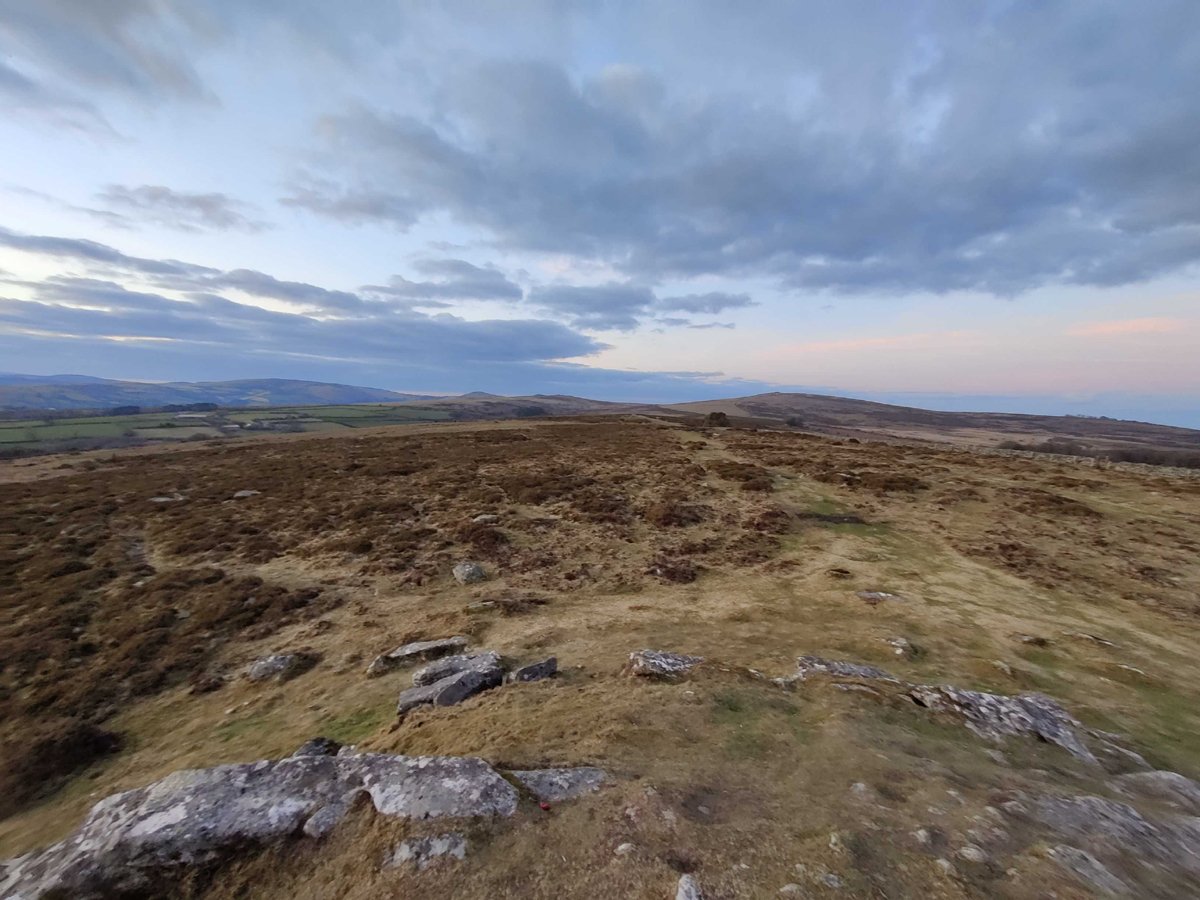
In the first two parts of this series I looked at the parlous state of the Dartmoor Special Area of Conservation. I gave reasons for how it came to be in such a poor state, and covered the influence of post war agricultural policy. In this final part, I will look at what can be done to restore Dartmoor’s nature.
Dartmoor’s failure is not because people do not acknowledge there is a problem, or that we lack research that describes the problem – there have been numerous and detailed surveys of nature on Dartmoor. We know how it is changing and we know what wildlife we are losing. Neither has there been a lack of vision to make things better. From the first Biodiversity Action Plans in the early 2000s, visions and targets have been produced regularly, overseen by the national park. Neither is it a matter of not knowing what to do. Well, in part, that is. We certainly know how to restore blanket bogs, as has already been proven on a small scale on Dartmoor. Getting on top of the impoverishing moor grass on the surrounding upland heaths is problematic though, and the subject of much debate. But it is not impossible, with the right ambition and support we can work it out, as we do for other habitats.
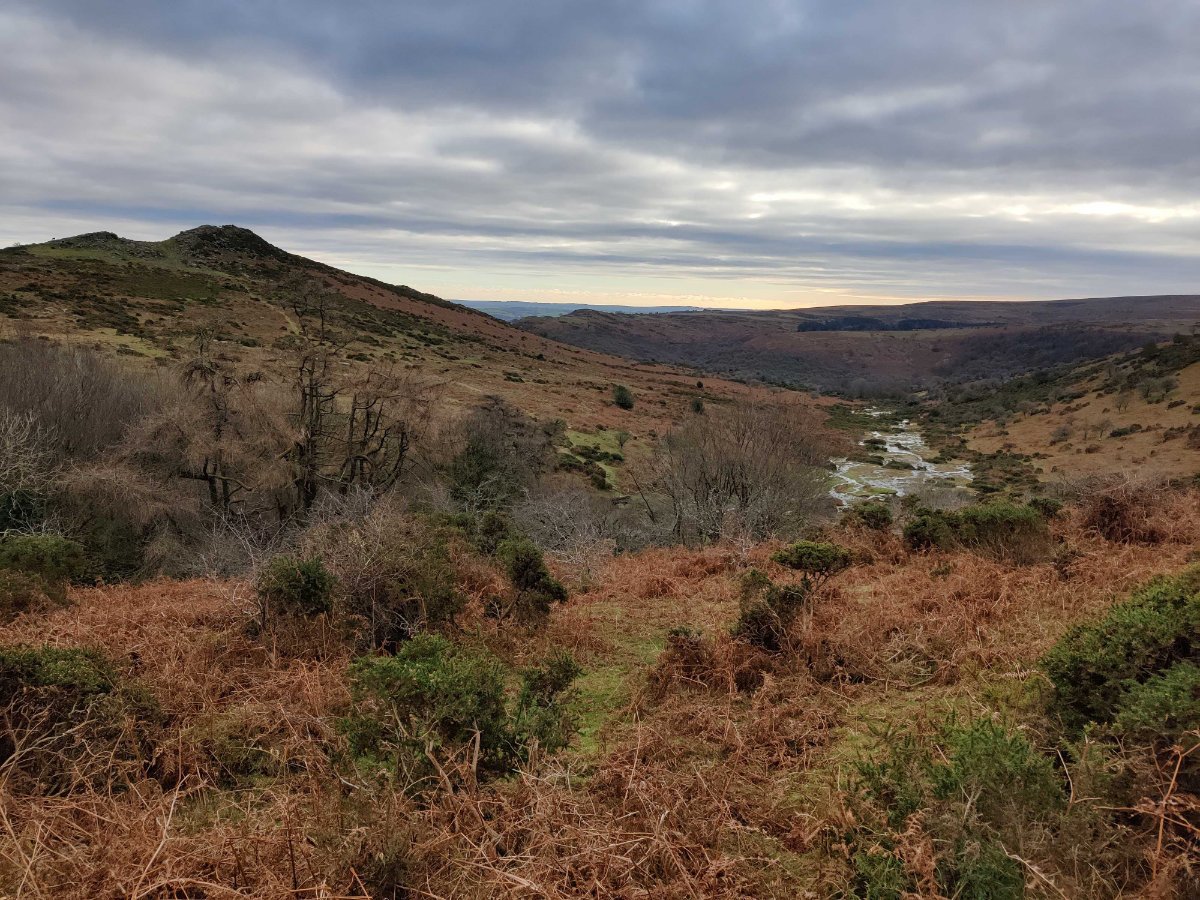
Making the change
The problem is how to translate all of this vision and knowledge into meaningful change on the ground. But it’s on the ground where things get messy, because there are so many people who have a vested interest in how the land is managed. There are the landowners, the Duchy of Cornwall being the largest, there are bodies with statutory or charitable purposes to protect nature – from Natural England to the National Park Authority, and there are the charities such as the National Trust, RSPB and Devon Wildlife Trust. Then, crucially, there are the commoners who have rights to graze, and above all this there is the Westminster government.
How do these various communities, who have a say in how the land is managed, work together and sort out competing interests? Culture always trumps strategy as they say – you can have the best plan or vision in the world, backed up by impeccable research, but if you are not playing as a team, and there is no mutual trust, you won’t win. This is where everything falls apart.
Farmers and environmentalists clash, and frustration borne of differing world-views and backgrounds make effective communication difficult. Everything conspires against teamwork, mutual trust and getting the job done for the benefit of all – both nature and people. And these cultural issues are made worse by funding and economics. The financial sustainability of moorland farming is at best marginal and is largely dependent upon other sources of income – most significantly public funding. Being a farmer on the moor is a tough business. In a similar vein, being a nature conservationist is a precarious business, especially if you work for Natural England. Here, government funding over the past ten years has been cut by 71 per cent. In 2011 there were nine full time equivalent (“FTE”) advisors on Dartmoor alone. Today there is just 0.5 FTE for the moor, advising on a huge number of agreements that total £32m over ten years. How can that work? Being a nature conservationist on the moor is also a tough job.
So, talking principally about the high moor, what is the solution? What do we want to see, and how are we going to achieve it?
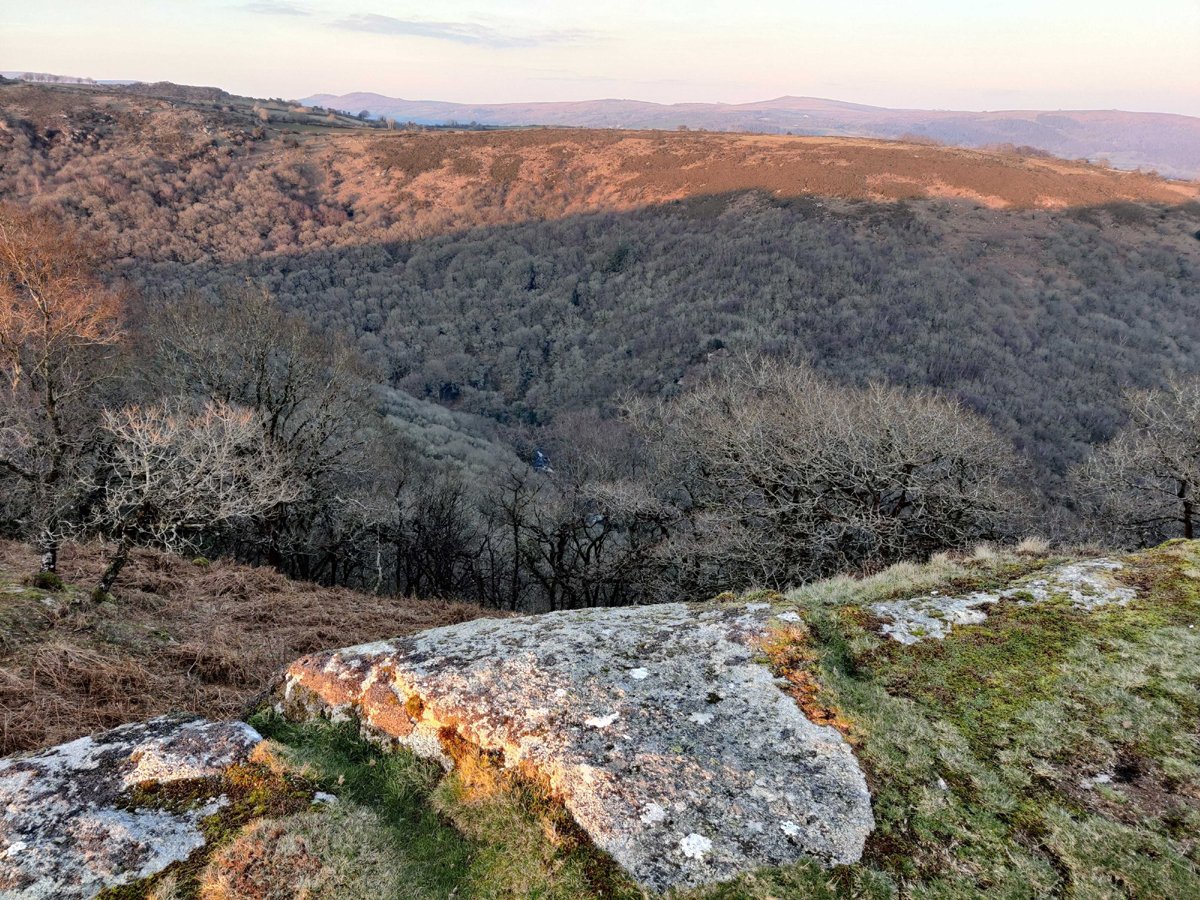
Bold steps
Firstly, we do need vision, but it shouldn’t be necessary to re-invent the wheel. In its simplest terms, the vision must re-commit strongly to restoring Dartmoor’s peat bogs. If you could only do one thing for Dartmoor, it should be this – and not just one or two areas, the whole lot. We know how to do this, we just need to level up the ambition.
We also need to restore areas of heath to the heather and bilberry mix they once were, and make sure that the valley woodlands can flourish and expand where appropriate. But we should be open to new approaches and, in the spirit of rewilding philosophy, be open to experimentation and new ideas for making Dartmoor nature rich. We should not be over prescriptive, nor set our vision by historical baselines of what nature used to be like here.
Such a vision does, of course, require broad support from all parties, though perhaps this is the easy bit. Delivery is going to take four other things: leadership; binding targets based on good science; cash; and culture change.
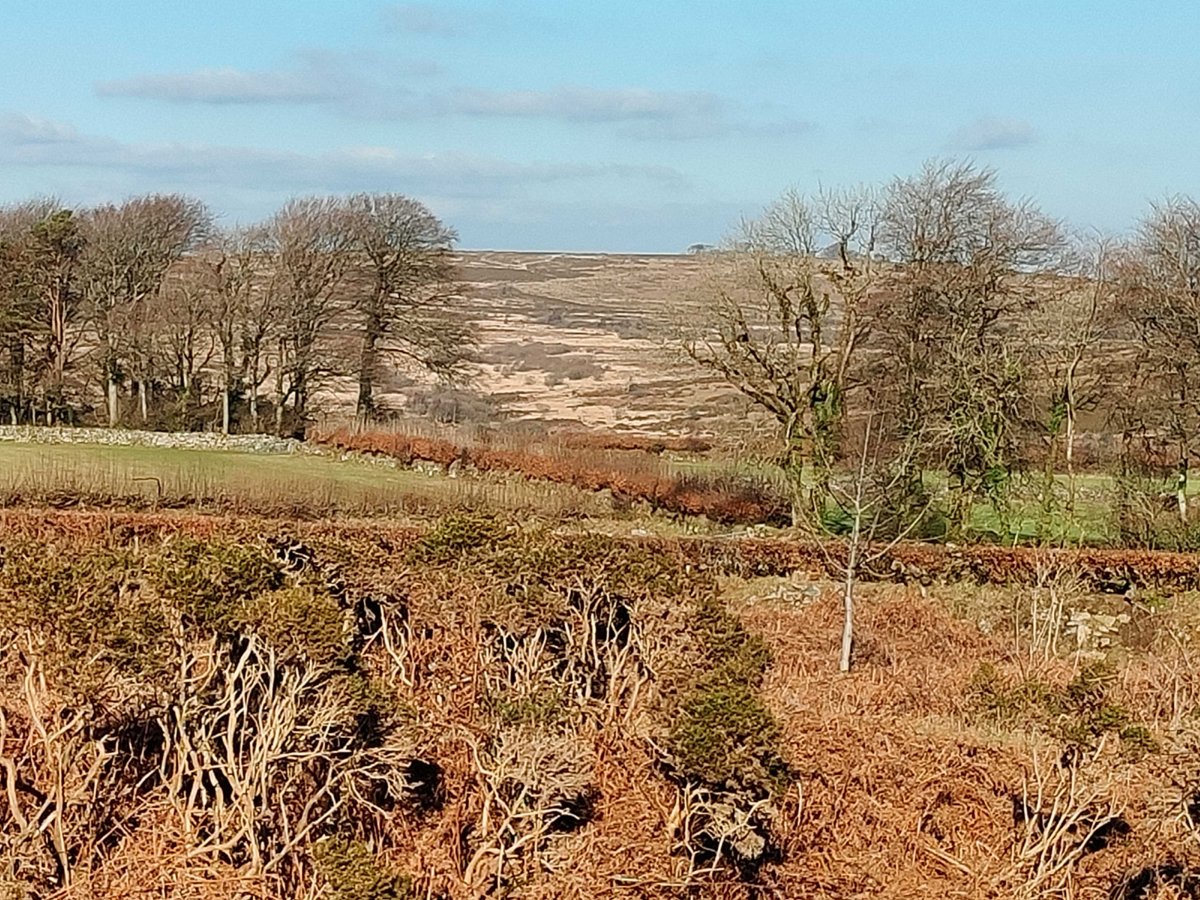
Leadership can come from many places. We need to look to the national park and reform the way this authority is run. We are in a climate and ecological emergency and this should be at the top of the agenda for every committee meeting. But it must be efficient, we need focused groups, involving people from diverse backgrounds with passion and expertise who are empowered to deliver.
We also need to look urgently at reforming the commoners’ rights. Little happens on the high moor without the consent of the commoners, but is the exercising of their rights compatible with a nature rich Dartmoor? It could be, of course, but more often it is a barrier. This might start with reform of the Commoners Council; this was established by Act of Parliament in the 1980s primarily to ensure good livestock husbandry. This is an influential group but it does not put nature to the fore and its membership is certainly not diverse. Obviously, as a council for commoners it is run almost wholly by commoners, which is understandable! But surely there is room for representation from others, apart from the Dartmoor National Park Authority (‘DNPA’) , the vet and the National Farmers Union? Of course there are some on the council who are able to advocate for nature, but nature’s voice needs to be a lot louder.
And we should look towards the landowners, principally the Duchy of Cornwall, for leadership. Next to the commoners, their voice is crucial, and it must be one that is sympathetic to nature. Whilst landowners’ influence is limited by the historic commoners’ rights, they are important; more land in sympathetic ownership is also vital.
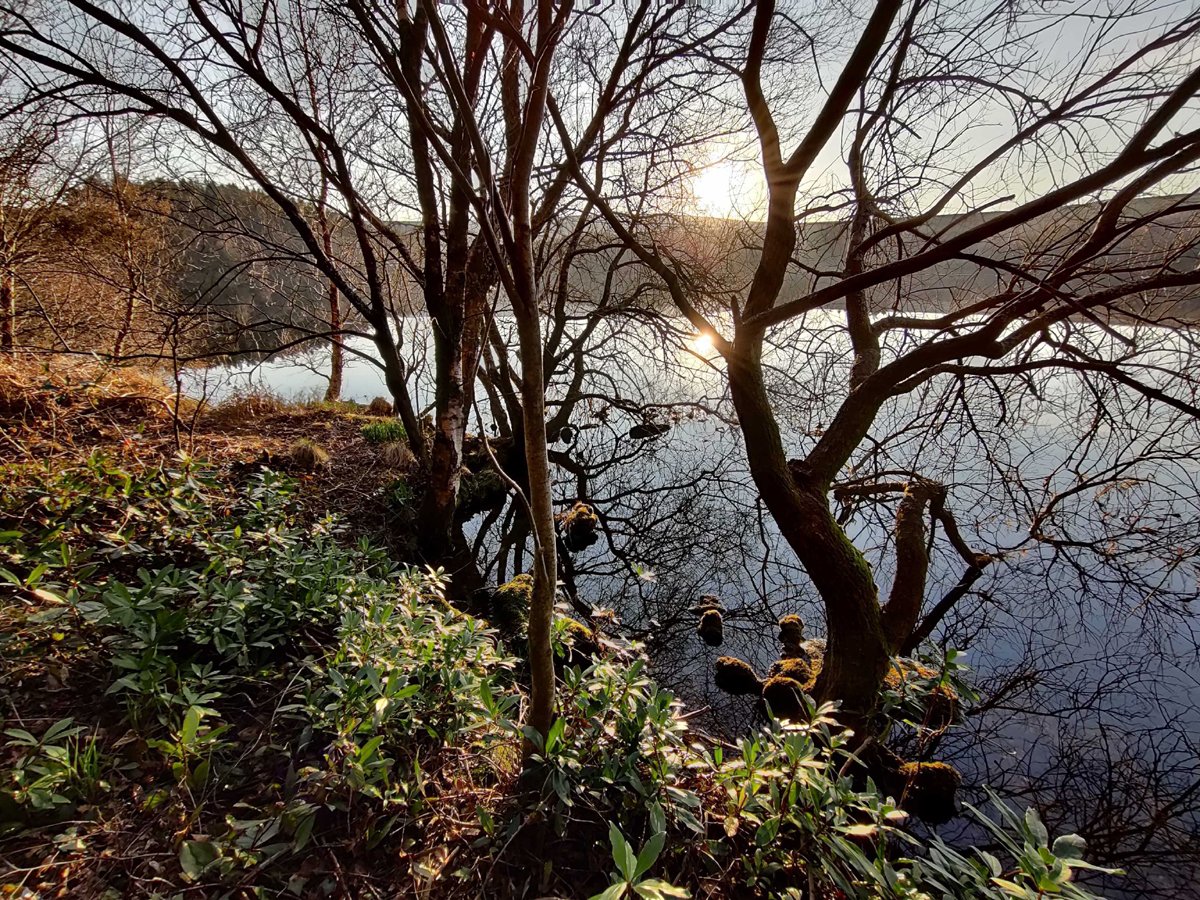
Alongside the very best leadership we need the very best science. Whilst tradition, custom and practice have value, there are many ways in which good science can bring a new approach to old problems. In order to assess future progress we must first establish evidence-led baselines for the current state of nature in protected landscapes and, vitally, require regular monitoring of nature. In doing this, evidence gaps should be identified and filled. All this will incentivise progress and support the setting of realistic targets, which must be both short term (five years) and long term. Future funding could be linked to targets for landscapes’ improvement – why not? This is public money and the public has a right for it to be spent on success rather than underwriting failure. To achieve this we need Natural England to be properly empowered to do, what is after-all, their job.
Then, there’s the need for public money to be put to work on society’s behalf. We must manage nature’s resources properly in our National Parks. For instance, we need to employ a good network of farm advisors to support nature-friendly farmers; we must increase funding for DNPA to deliver for nature; and we must properly fund Natural England in its scientific and advisory roles.
We also need to look at diverse ways in which those directly managing the land can be supported financially for doing the right thing. We can look at the design of the new Environmental Land Management scheme, question whether it will be ambitious or well-funded enough – this is already in doubt, but time will tell. Notwithstanding that, support for those that work the land leads to the final, and in some ways most important, aspect of restoring nature on the high moor – the need for a fundamental change in culture.
Culture shift
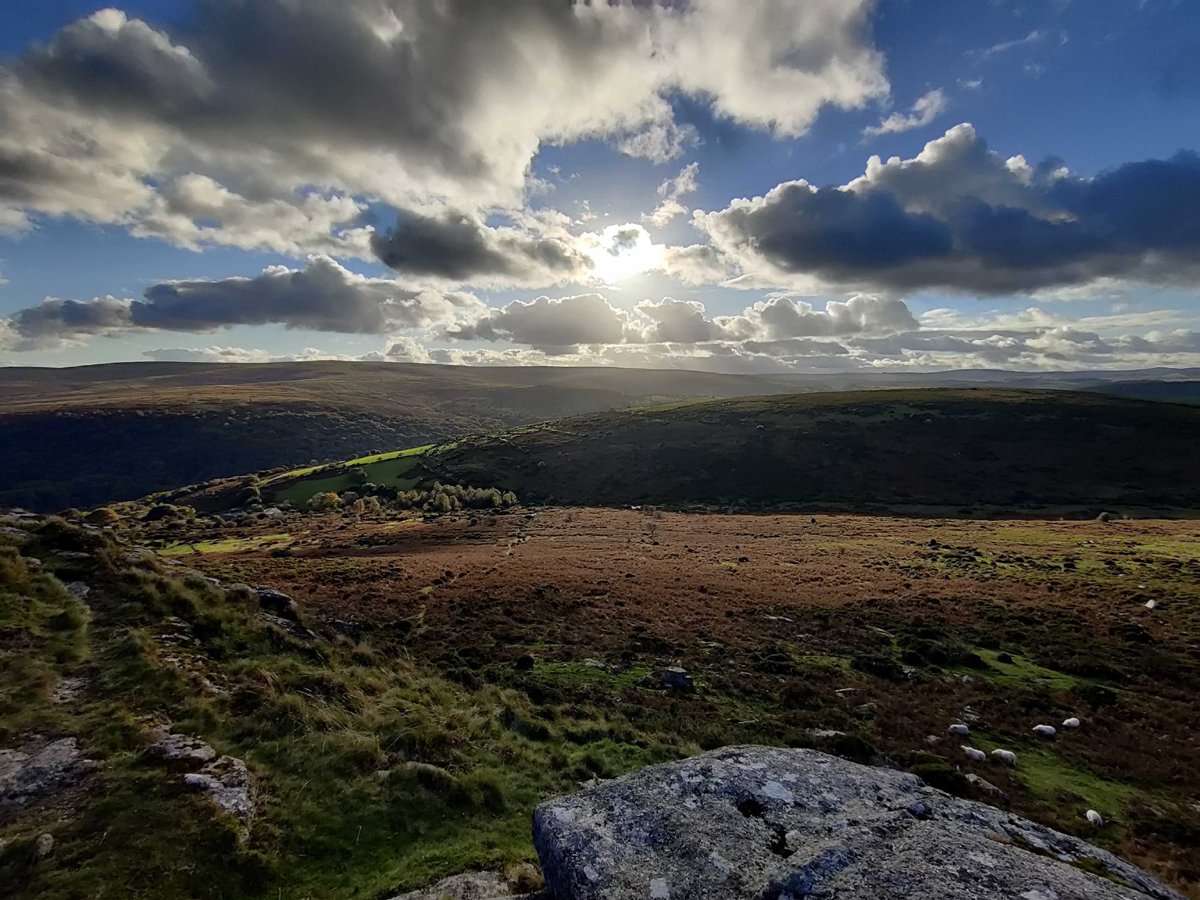
We must change the way we think about Dartmoor. We must start all conversations by asking “in this climate and ecological emergency, what is Dartmoor’s very best offer?”. In other words, what is Dartmoor’s unique potential in the face of the pressure climate change will bring, and in the face of nature’s decline.
To be blunt, I’m afraid food production is not going to be a top priority in this place. But farming for other reasons undoubtedly is. And that’s the fundamental culture change that is needed. Instead of producing food, for example, we need to be producing rich peatlands that store carbon and water and support nature.
These things will absolutely need farmers, but a different sort of farming – a regenerative approach that starts with ecology. If the extensive grazing of animals were to help to create an environment in which wildlife and carbon-sink eco-systems thrive, then the resulting sale of premium meat is a bonus, but it will no longer be the primary reason for having those animals. And there is opportunity here. For instance, we can use carbon trading and biodiversity offsetting to provide financial support – support for vital work for the public good, but work that the market doesn’t reward at the farm gate.
Similarly, how do we wisely use taxpayers’ money to support good farming that produces the nature people so desperately want? How do we ensure that people who want to farm in regenerative ways have access to land? Similarly, how do we ensure a just transition out of farming for those that do not?
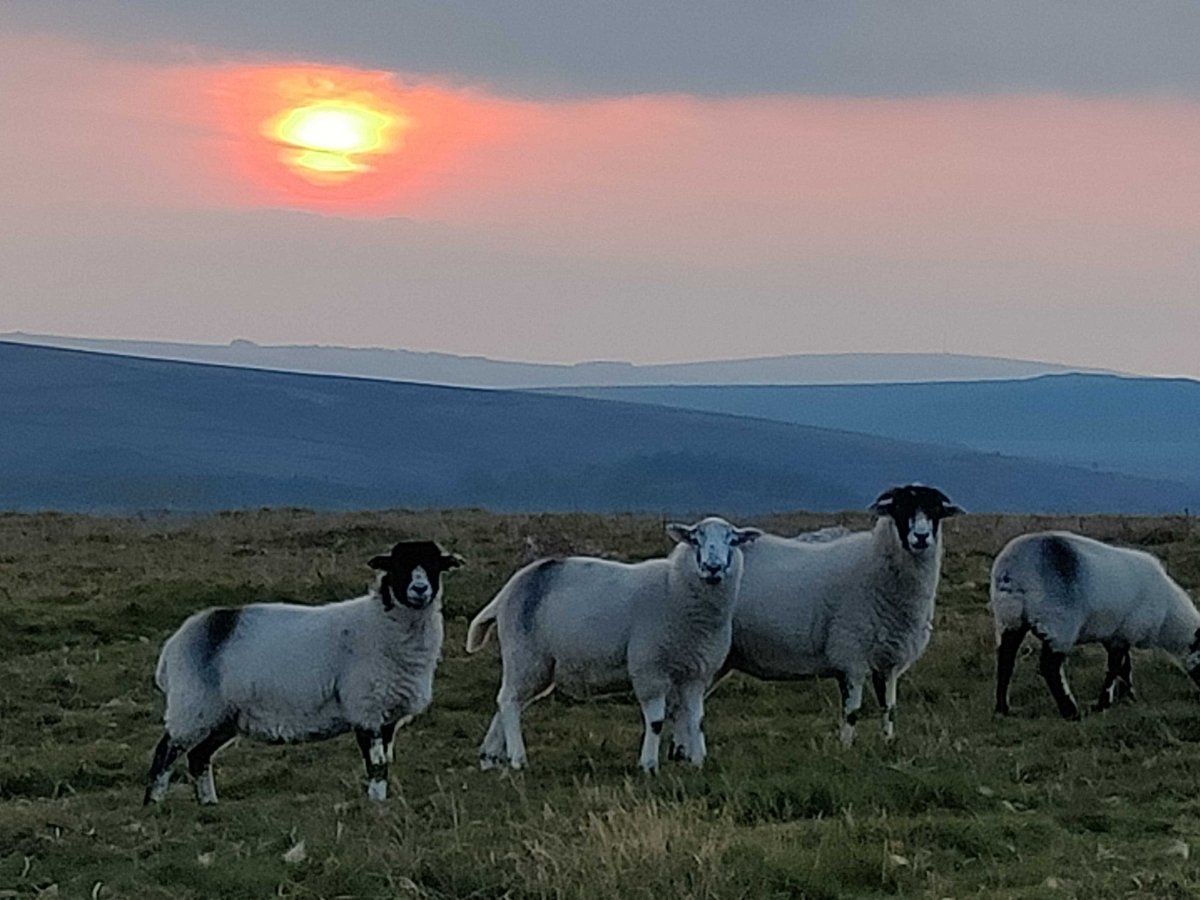
We need to rebuild the link between the commons and the home farms. We need to make sure money given to restore the high moor stays on the high moor, but we also need to ensure that the surrounding farms are doing their bit for nature too so that those creatures for which the commons are currently a refuge, such as the cuckoo, can spread out to the lowlands where they used to be.
Dartmoor today is a wounded land, but it remains a very special place with huge potential. With the right ambition and the right support it is a place that could have life breathed back into it for the wide community of people that love and value it. It would be good to think, in five to ten years’ time, that you could read an article about how Dartmoor’s community – our landowners, people and government – were pulling together and working hard, working positively to heal those wounds.





